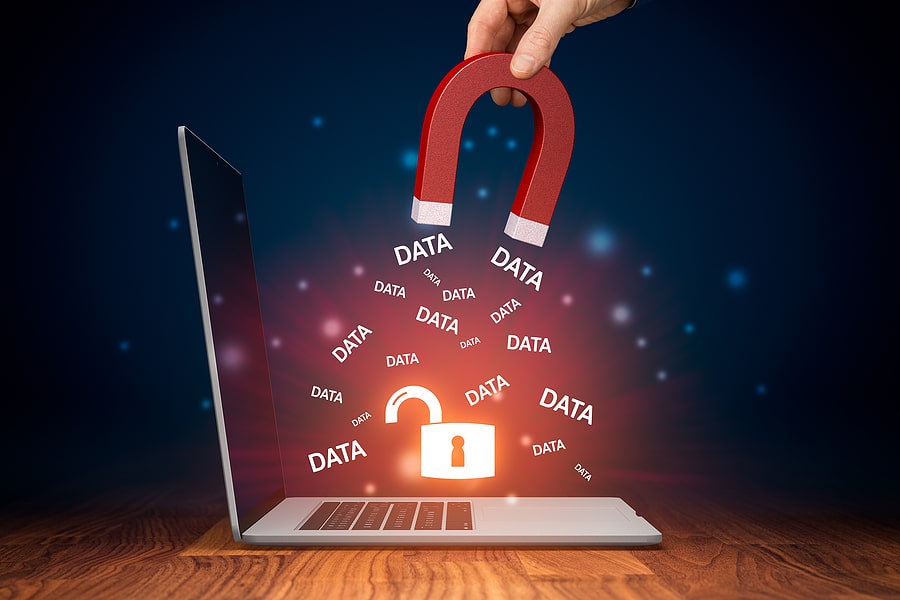Why Data Sanitization is Important at Every Stage of the Data Life Cycle

It seems like data breaches have become a daily occurrence, with only the largest breaches even making headlines anymore. Unless a breach hits Sony, Target, Capital One, or a government agency, chances are it’s not even newsworthy.
This is troubling for businesses large and small, because it shows just how difficult it can be to combat potential breaches. Even with major protections like firewalls, passwords, and encryption in place, your data could still be compromised.
One of the biggest problems for many companies lies within the supply chain. With equipment coming from so many different manufacturers, it can be hard to know just what you’re getting, whether it’s safe, and how much you can trust third-party vendors. How can your South Dakota business take steps to protect data from creation to destruction? With proper data sanitization at every stage of the lifecycle.
The Source of Threats
Before you can understand the scope of the threat you face, you first have to realize how many potential sources there are. You can find reliable manufacturers for computer and networking hardware, as well as mobile devices like laptops, tablets, and smartphones, and you can reasonably expect it to have some level of protection in place.
However, you also have to consider where you purchase items like replacement or additional hard drives, flash memory devices, removable or portable storage devices, and so on. How careful are the companies manufacturing your IT assets? Are they up-front about their security protocols and do they meet your standards? How vulnerable are they to attacks that could be passed on to you? These are all considerations when partnering with vendors for hardware purchases.
Sanitization Practices
It can be extremely difficult for businesses to trust the vendors supplying their equipment, but the good news is, there are steps you can take to make sure you’re protected from threats when you purchase new IT assets. It’s starts with scheduled sanitization procedures throughout the life cycle of your product.
You should start by scanning new devices for malicious software before you ever connect them to your network and start using them. This is one common way criminals have found to introduce malicious code into even the most secure business environments.
Even better, you should sanitize all IT assets prior to use to ensure safety. What if there are still weaknesses that allow for easy breach by cyber criminals? With ongoing scanning and non-destructive sanitization practices, you have the best opportunity to keep IT assets free of malicious code throughout their usable life.
Data Destruction
Don’t forget, the end of the IT asset life cycle is still part of the life cycle, and you need to properly dispose of hard drives and other IT assets when they’re no longer needed. This could mean wiping them in preparation for remarketing, or you may want to simply shred and recycle them, in keeping with applicable environmental and consumer privacy laws.
Your certified ITAD service provider can manage these steps for you, ensuring compliance and security every step of the way. Contact the knowledgeable and experienced professionals at SEAM today at 605-274-7326 (SEAM) or online to request a quote and learn more about data wiping and data shredding.
SEAM provides IT recycling and data destruction services including onsite shredding and hard drive wiping to South Dakota, North Dakota, Minnesota, Iowa, and Nebraska.
Schedule a pickup or contact us for more information.





